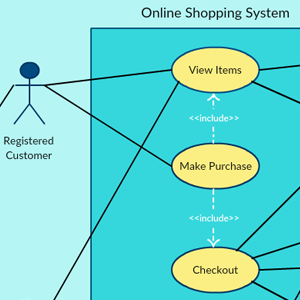

Next, you need to understand what they want to do with the product. In this case, it’s someone who wants to book a hotel room. Let’s say you’re designing a new software application. Writing a use case scenario is relatively simple. You can also use them to create a shared understanding of the project among stakeholders. By creating a use case, you can:Įveryone from project managers to developers can use them to understand better how a project works and what needs to happen behind the scenes to make it all run smoothly. Use cases are a great way to start a project because they help you understand the user’s needs and how the system will fit into the user flow.

A use case for this project might be something like this:

It’s typically written as a sequence of steps, each representing a different action the user takes.įor example, let’s say you’re designing a new e-commerce website. Like a user story, a use case describes how a user will interact with a system to achieve a goal but on a slightly more granular level. What is a use case?Įxplaining how a user will interact with a system is a must if you’re going to a) get buy-in from stakeholders and b) create something the user wants to use. Let’s take a closer look at what a use case is and how it can help you. It’s typically used in software development as part of the functional requirements document/plan, but use case scenarios aren’t just for developers. And the best way to validate a project to stakeholders (and make sure your creation is a hit) is to show them why and how the intended audience will use it.Ī use case scenario describes how a user might interact with a system to achieve a goal. Whether working on an app or setting up a sandwich shop, your project needs a reason for existing.


 0 kommentar(er)
0 kommentar(er)
